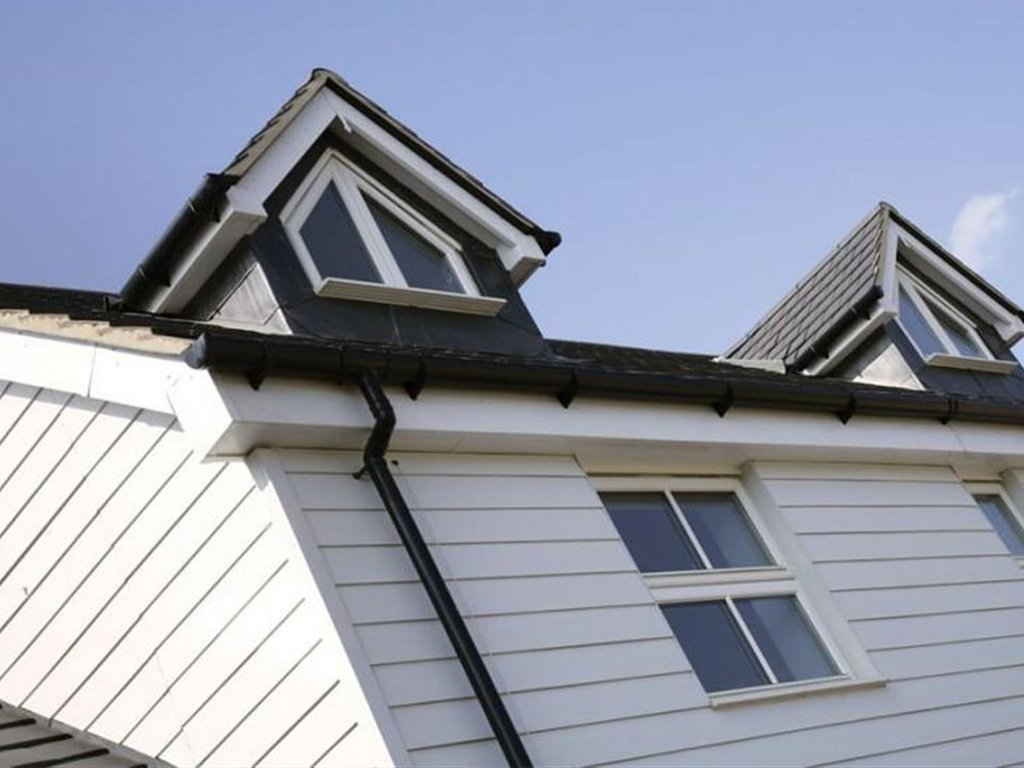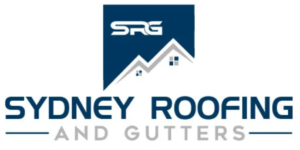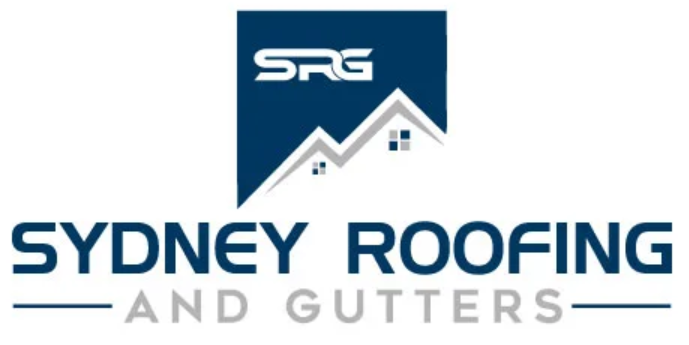WHAT IS THE FASCIA OF A HOUSE?
Your roof is one of the most critical structures of your home. It’s the main shield that guards you and your family from everything mother nature has to throw at you. Rain, snow, ice, wind, heat, debris…your roof protects you from all of it. And as such, it’s no surprise that there are many components to consider when building, maintaining and repairing your roof. Rafters, ridge beams, sheathing, shingles, and soffit roof components all have their parts to play.
Fascia is a key piece of this team. In this article, we’ll discuss what fascia does, what it is exactly, and most importantly why you should definitely consider installing it on your home roof.

What is Fascia?
To start off, what does ‘Fascia’ mean? Fascia comes from the Latin term that translates to a “band” or “strip”-like material. Fascia is a roof component that lines itself along the border of your roof. Not the entire roof; we’ll get to where it’s installed later.
This lining is constructed using what’s known as fascia boards; long narrow beams that come in a variety of materials. While not essential to a house, fascia is definitely the norm when constructing homes. Why is it the norm though?
What Benefits Does Fascia Provide for Your Home?
The benefits of fascia are many and, as you may be able to guess, when you’re discussing home construction, two criteria come to mind: aesthetics and function.
Aesthetics
It’s very simple: fascia helps cover up what otherwise would be the exposed ends of your roof’s rafters.
By laying fascia boards along the edge of your roof, not only do you create a seamless look, but the boards themselves come in a variety of colors and textures which helps to compliment the other components of your home.
Function
Fascia is designed to save you money. The primary function of fascia is to act as a barrier between the outside elements and the interior of your home. Installing fascia helps prevent moisture, insects, and animals from entering your home through the edges of your roof. Your home’s gutter and fascia also work together; with the fascia preventing the gutter from leaking water into your home via the roof and walls.
In addition, it helps stabilize the gutter into place. Keeping on the topic of stability, fascia acts as the final support between the lowest part of your roof and the shingles or tiles of your roof.
This is where fascia gets installed
Fascia construction happens not along the entire perimeter, but only along the lowest parts of your roof’s slope–the edge. Also, it’s important to differentiate between where soffit and where fascia boards get installed. Soffit is placed on the underside of your roof’s edge, whereas fascia boards are placed along the edge. Soffit is meant to provide air flow and thus is porous; fascia is designed to prevent anything from getting through. Know the difference.
Now that we know why we would want fascia on a house, let’s talk more about the fascia boards themselves.
What Are Fascia Boards?
Fascia boards are very simple construction elements. This makes fascia building one of the simpler projects in homebuilding. No moving parts. Just solid, non-porous, long, and narrow beams of material. With that said, there are many types of roof fascia to consider.
Wood
The simplest, cheapest, and most cost-effective fascia material is wood. It’s also the most popular. Just because it’s the cheapest doesn’t mean it’s ineffective though. In fact, with multiple types of wood to choose from–spruce, fur, pinewood, cedarwood fascia provides all the benefits you need while at the same time giving you the warm aesthetics of nature.
You do need to watch out for two key drawbacks though:
- Wood fascia needs to be properly treated and finished to give full water-resistant effects.
- Since wood is an organic material, it’s more susceptible to damage from the elements and animals; this results in higher repair and maintenance costs.
Dents, blisters, and cracks as well as regular repainting need to be taken into consideration when choosing this option
Vinyl (PVC)
A synthetic option, vinyl fascia offers increased durability, flexibility, and lower maintenance costs when compared with its wood counterpart. Because of its synthetic nature, PVC-based fascia is water and insect-resistant straight out of the box. It’s also very easy to install. One thing to watch out for is because PVC is a type of plastic, vinyl fascia does expand in warmer months. This can lead to added stresses on the structure of your roof.
This concern is largely minimal though, as vinyl fascia is widely accepted as a building-safe standard around the world.
Aluminum (metal fascia)
Aluminum fascia can be used alone or as wrapping for wood fascia to provide waterproofing. As you’d expect, this material is flexible, durable, and versatile–in addition to low maintenance. Be careful though, this metal fascia is prone to dents and scratches. Unlike vinyl, aluminum is a more complicated element and because of this is difficult to install yourself. You’ll likely need to hire a professional contractor if you lack the experience, which adds to the installation costs.
As a result, it is the most expensive material among the four listed here, but costs do come down given the low maintenance needed for upkeep.
Composite
The most complicated, but eco-friendly, of the fascia materials here is the composite.
Composed of wood chips, sawdust, plastic, and an epoxy resin to bind, this material is a combination of organic and synthetic materials. This mix is rot-resistant, long-lasting, and low maintenance, but is more expensive than wood and vinyl options. Even though composite fascia is long-lasting, in terms of repairs it can be difficult and expensive.



